
Superposition Principle
What is the Superposition Principle? While simplifying and solving electronic circuits, we come across many difficulties. In some cases, in a single circuit, along with some basic circuitry elements, we see a number of sources. Either they are independent current sources or independent voltage sources, the increase in the number of either of the source from 1 create confusions and problems for the one trying to solve the circuit. He gets confused about simplifying the simple circuit. But then superposition principle come to the rescue. It helps the learner to easily organize the sources and give the whole circuit a much better and simpler form. As we have already talked about independent sources either current or voltage, we have already got the idea what superposition principle is capable of. It mainly deals with the simplification of multiple independent sources that are present in a single loop or multi loop circuit. Thus formulating the definition and concept of superposition principle.
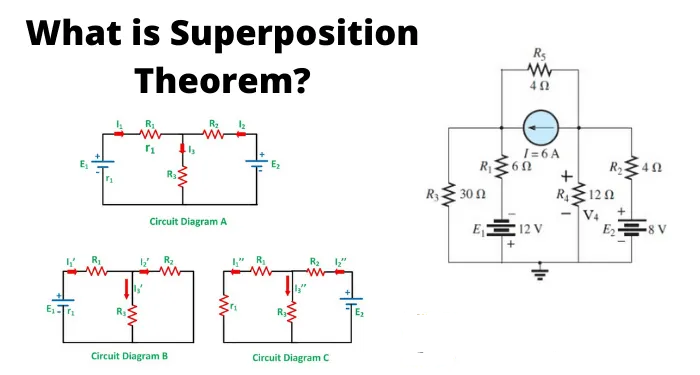
“In any linear circuit containing multiple independent sources, the current or voltage at any point in the network may be calculated as the algebraic sum of the individual contributions of each source acting alone.”
In simpler words, while dealing with superposition principle, we mainly deal with only one independent source at a time. In this way other sources are removed. Thus when we are applying principle of superposition to a circuit due to an independent source, any remaining voltage source in the circuit are made zero. They are simply replaced by short circuit. While the remaining current sources are made zero by replacing them with open circuits.
Limitations of Super Position principle
Superposition principle due to its very unique and simple methodology and usage is frequently used in simplifying circuits and also forms the basis of several other theories and principles. Yet it also does have its limitations.
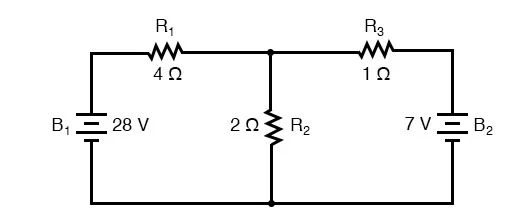
Superposition principle is strictly limited to ohmic circuits. Concluding the fact, only those circuit whose elements along with the whole circuit obey OHM’S LAW. Thus the circuit should have a linear V/I graph in order to be eligible for principle of superposition.
Although superposition can be used in linear networks containing dependent sources, it is not useful in this case since the dependent source is never meant to be zero.
Superposition principle admires the principles of linearity a lot. Therefore, superposition principle is only applicable in linear circuits and not non-linear circuits. it means that we can find the voltage and current in the circuit or across the element present in the circuit nut we cannot predict power dissipated in the circuit. Power being a non-linear function does not add to an accurate total when only one source is being utilized in the circuit.
When to Use the Superposition Principle?
Superposition principle seems to suit those linear circuits which possess multiple independent sources. However, following points should be taken into consideration
- All circuit elements/components acting their particular role in the circuit running must be linear. It means that the resistors should show a linear relationship between voltage and current as given by OHM’S law. Also for inductors, the graph between flux linkage and current should show a direct relation. But as far as diode and transistors are concerned, being non-linear, they lack the opportunity of being included in the list
- Circuit should possess Bilateral elements. This means that by changing the polarity of the source, there should not be a slightest change in the original value of current.
- With the help of superposition principle, almost all the linear quantities can be found with the help of all the linear quantities present in the circuit but no non-linear quantity can be helped in this regard.
How to Apply Superposition principle?
- The initial step is to observe carefully the bilateral network of multiple sources.
- Then one need to pick up among all the sources the only source to be considered as first source.
- Except for the selected source, all the rest of the sources should be transformed into their designated impedances.
- Using basic engineering circuit analysis, evaluate the circuit and solve it for the values of voltage drop across each element and the current flowing through each element.
- The same procedure of considering a single source should be repeated with the rest of the sources.
- After getting results for different sources, evaluate and add up the results to get the overall voltage drop and current flowing through the circuit element.
Examples of Superposition Principle
Following are some common examples of applying superposition principle in linear circuit analysis.
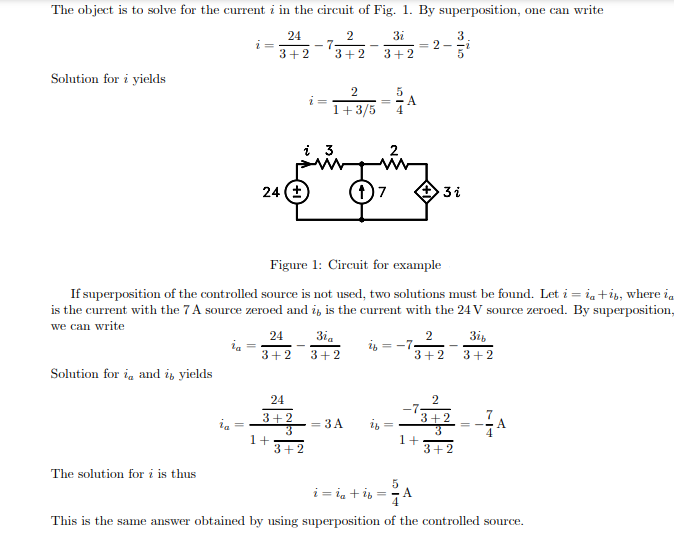
- Example 2
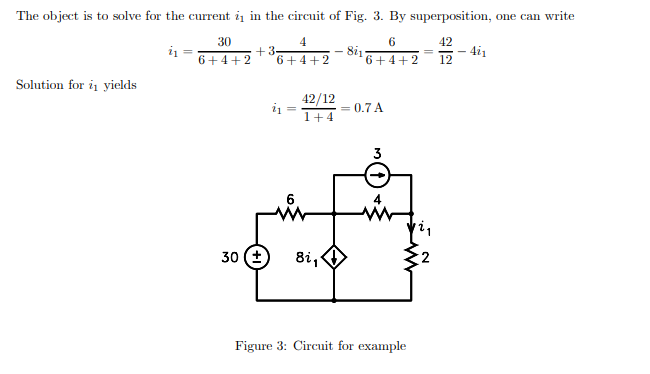
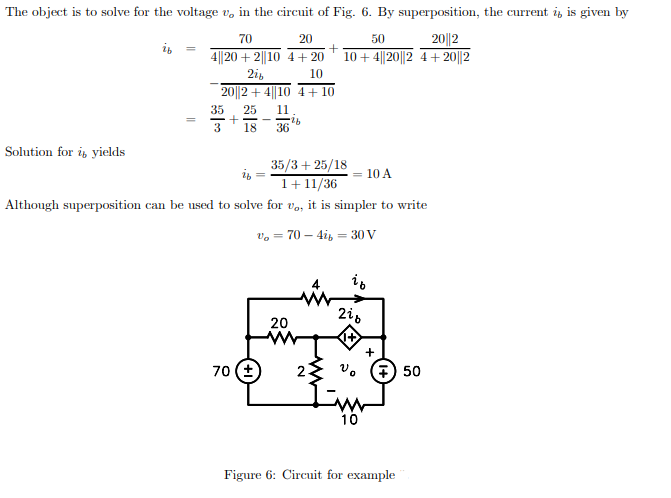
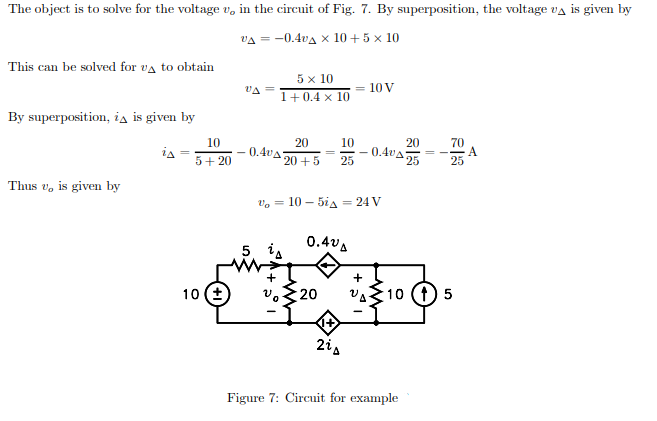

Also read here
-
What are the Different Types of Polarization?
-
What is the Dielectric Constant, Strength, and Dielectric Polarization in Physics?
-
What is the Hysteresis Loop? Discuss Advantages of Hysteresis
-
What are Different Types of an Inductor?
-
What is the Battery Life?
-
What are the Active and Passive Elements?
-
What is the maximum Power Transfer Theorem? Formula and Examples